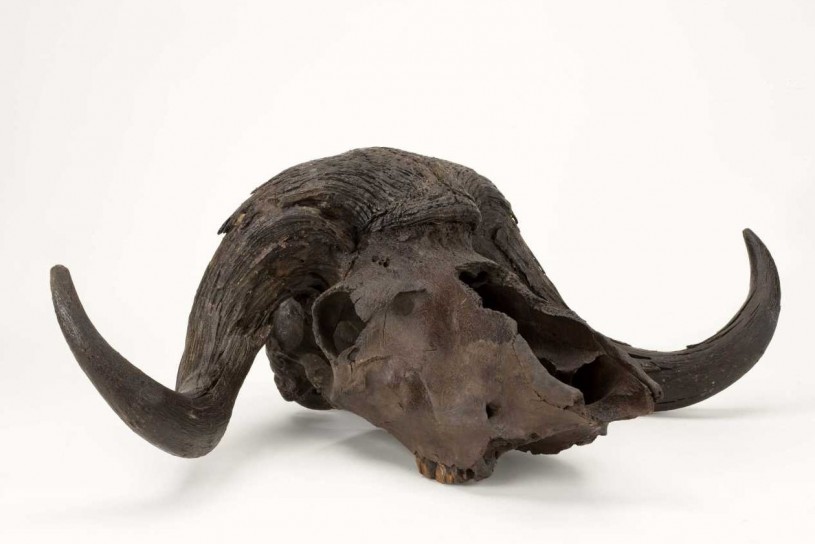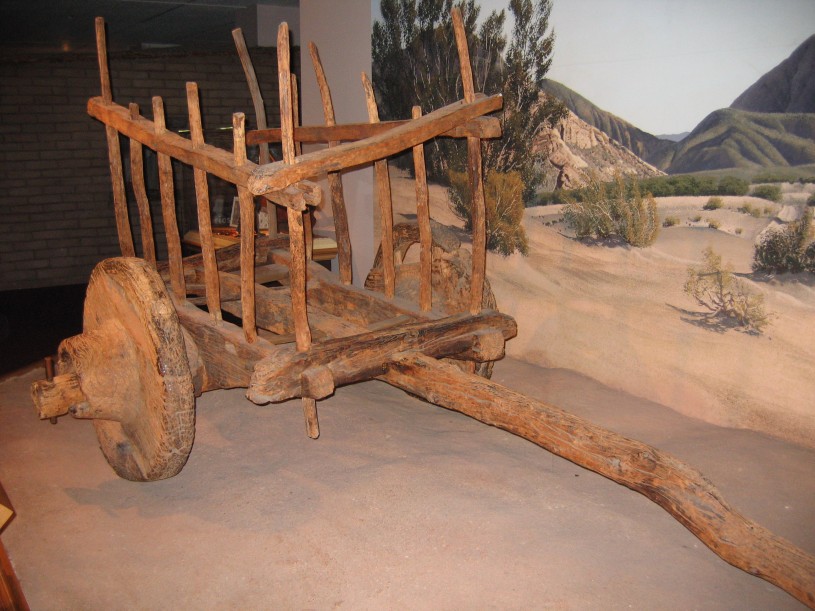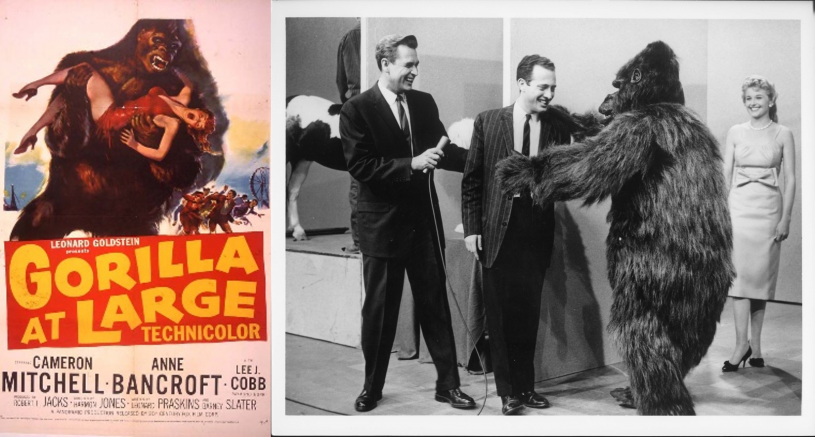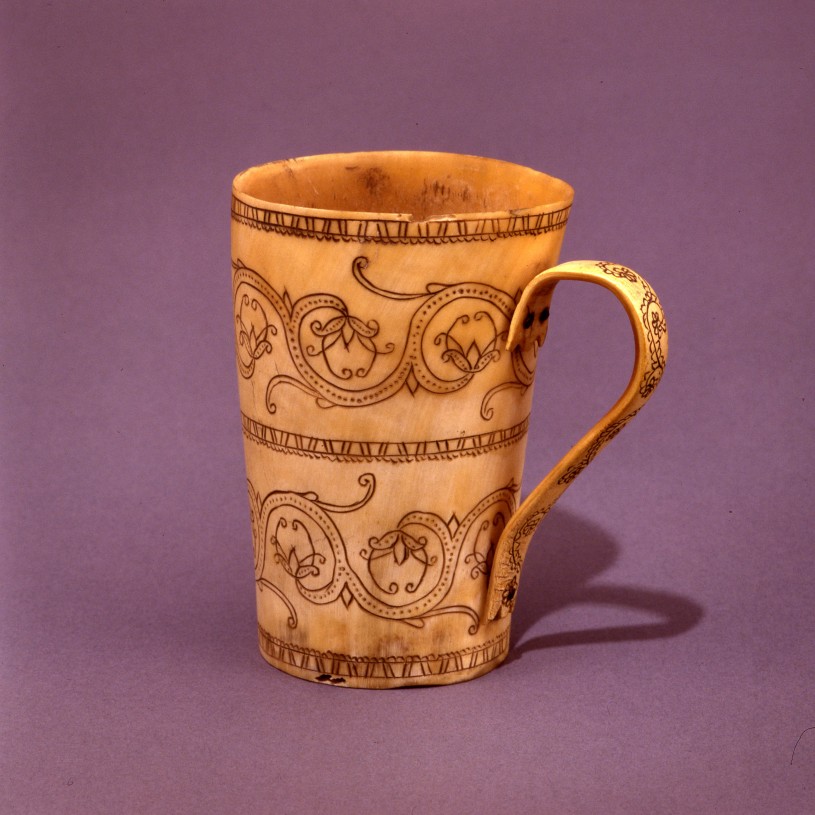Year of the Ox
Celebrate the 2021 Lunar New Year with 21 highlights from the collection

21 Highlights for 2021, Year of the Ox
The Lunar New Year 2021 ushers in the Year of the Ox, which is celebrated in many Asian countries such as China, Korea, Thailand, Vietnam, Indonesia, and Malaysia. To celebrate the Lunar New Year, we searched the collections of the Natural History Museum, La Brea Tar Pits & Museum, and the William S. Hart Museum for objects and specimens from around the world connected to the ox and its close relatives-- and we found 21 objects in honor of 2021!
We invite you to learn more about the zodiac, dive into what defines the term “ox,” and travel through our collections!
The Zodiac
The ox is second of all the zodiac animals. According to the Chinese myth, the Jade Emperor called a race of animals on his birthday to create the Chinese zodiac. The order would be decided by the order in which the animals arrive at his party. The ox was in the lead, but the rat tricked the ox into giving them a ride. Just as they arrived at the finish line, the rat jumped down and landed ahead of the ox to clinch first place.
The zodiac plays an essential role in Asian cultures, not only to represent years, but it is also believed to influence an individual’s personalities, careers, compatibilities, and more! Interpretations vary across Asian cultures but common characteristics of someone born in the Year of the Ox is valued for their honest nature, diligence, dependability, and strength.
The “ox,” a bovid animal
It is no surprise that the ox is a symbol of strength within the zodiac, as the ox and its close relatives have been domesticated by humans as work, or draft animals, for hundreds of years. The term “ox” is commonly used to refer to animals in the Bovidae family, which consists of 143 species that are still alive today, like domesticated cows (Bos taurus), yaks (Bos grunniens), bantengs (Bos javanicus), and the American bison (Bison bison), which is also referred to as a buffalo. Some species are non-domesticated like the Arctic Musk Ox (Ovibos moschatus) found in one of our dioramas and the herd of American bison that live at Hart Park, both of which are pictured below.
There are about 300 extinct species of Bovidae, a few of which have been found at the La Brea Tar Pits. Pictured below is a skull and fragments from the ancient bison (Bison antiquus), which is a close relative of the Arctic Musk Ox which lives today.
We hope you enjoy this tour through the Bovidae family collection of objects/specimens and wish you a Happy Lunar New Year!
1. Musk ox skull

2. Woman with Ox Figurine, MADAGASCAR

3. ANCIENT Bison Skull, LA BREA TAR PITS

4. William S. Hart film, The Tiger Man

5. OXEN SHOES, KOREA

6. CARRETA or Ox Cart

7. American Bison, William S. Hart Park

8. Ancient Bison Fossil Skeleton, La brea Tar Pits

9. Early Airplane and Ox Cart

10. Taxidermy Cow, natural history museum

11. Musk Ox Diorama, natural history museum

12. Early 1900s Hay Drawn by Oxen

13. William S. Hart film, Wagon Tracks

14. YAK HAIR gorilla costume

15. Juvenile ancient Bison Skull Fragment, la brea tar pits

16. Navajo (Diné) Blanket

17. Ox Horn Cup, california

18. Ox Shoes, California

19. shoshone Painted Hide

20. Buffalo Storyteller Figurine, new Mexico

21. BUFFALO Hide Sandals, uganda
